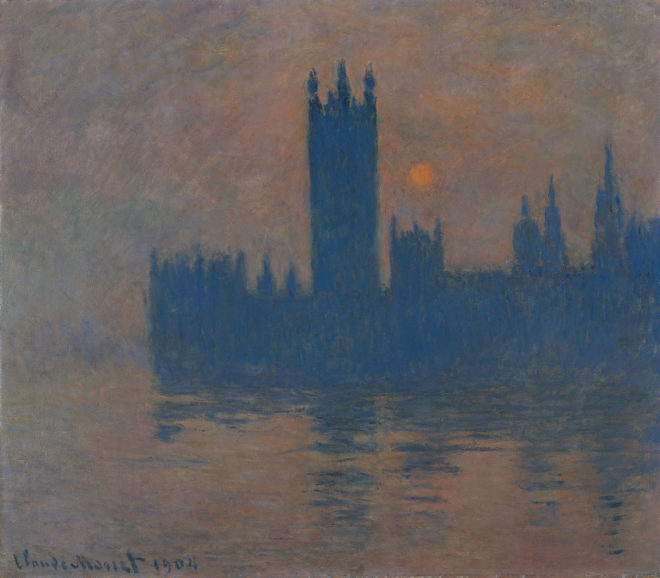
Monet, Tissot and Pissarro will be among the artists on show at the first large-scale exhibition of its kind to showcase the work of French artists produced while taking refuge in London in the late 1800s. The exhibition is taking place from Nov. 2, 2017, through May 7, 2018, at Tate Britain in London.
The Franco-Prussian War from 1870 to 1871 and the years of political turbulence that followed led many of France’s artists to cross the English Channel in search of refuge.
“The EY Exhibition: Impressionists in London, French artists in exile (1870-1904)” is the first large-scale exhibition to focus uniquely on the artwork produced during this period. The show will bring to light the connections forged between British and French artists, the way in which London was perceived by its visitors, and the influence of English culture on the French painters.
Artists whose works will be on show at the exhibition include Monet, Tissot, Pissarro, Dalou, Sisley, Derain and Legros. In total, over 100 works of art will be displayed, curated by Dr. Caroline Corbeau-Parsons in collaboration with the Petit Palais and Paris Musées.
The exhibition will place particular emphasis on the crucial relationships developed by the Impressionists while overseas, such as the importance of art dealer Paul Durand-Ruel (another French emigré), who supported several Impressionists, notably Monet and Pissarro, through buying much of their work. His purchases, according to Monet, saved them from starving. The artist/sculptor Alphonse Legros’s influence on the British art scene, especially regarding his approach to modeling, will also be explored.
The contrast between Paris and London will be another topic of focus during the exhibition, with the French artists discovering English social culture, a stark difference from the French café-culture back home. London’s parks, for example, with their large expanses of grassy fields, also proved a source of inspiration for artists such as Pissaro, especially when compared to formal French gardens where walking on the “pelouse” (grass) was forbidden. This can be seen in Pissarro’s piece “Kew Green” (1892).
The final and largest section of the exhibition will be dedicated to the way in which depictions of London and the Thames during this period would go on to become a major motif in art history, culminating with the important “Entente Cordiale” pact (1904) between the two countries. JB
RELATED STORY:
De Stijl centenary marked with New York show by Sotheby’s